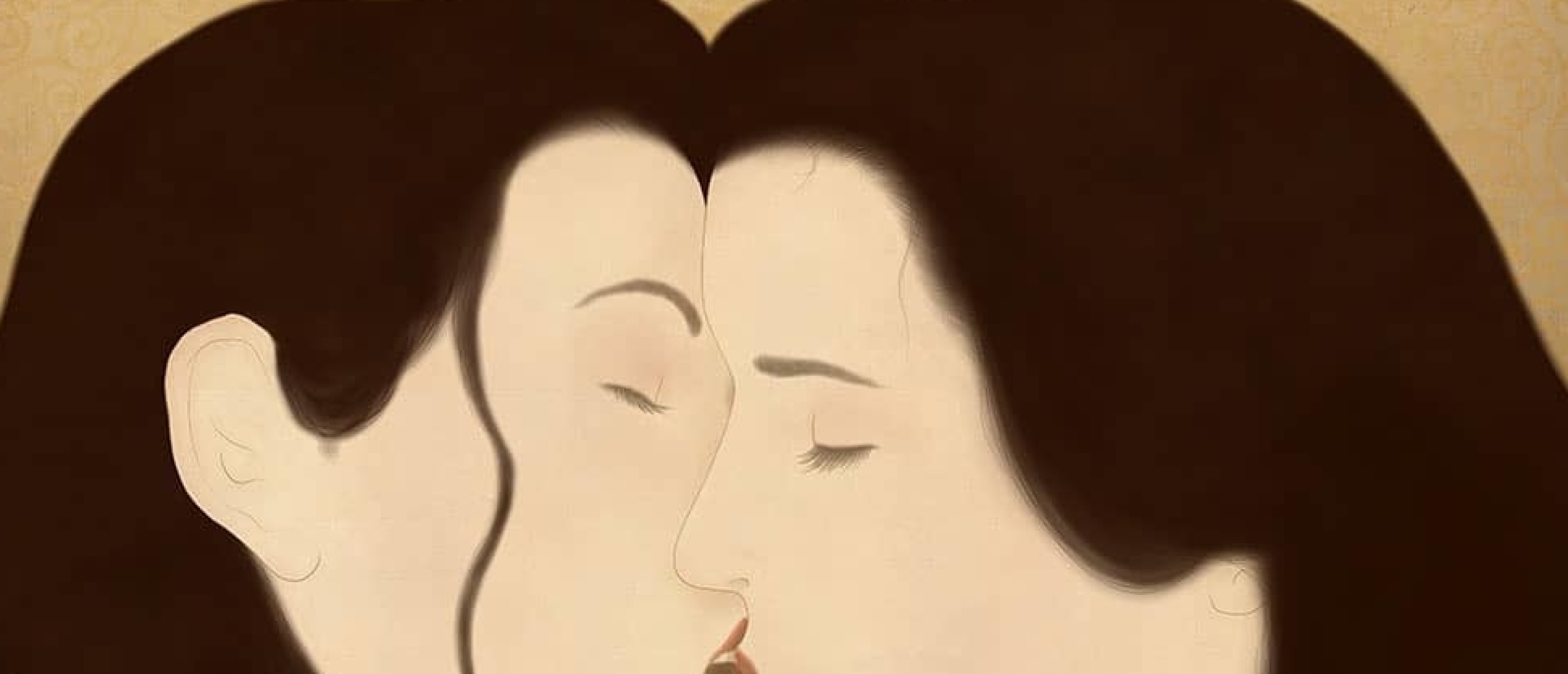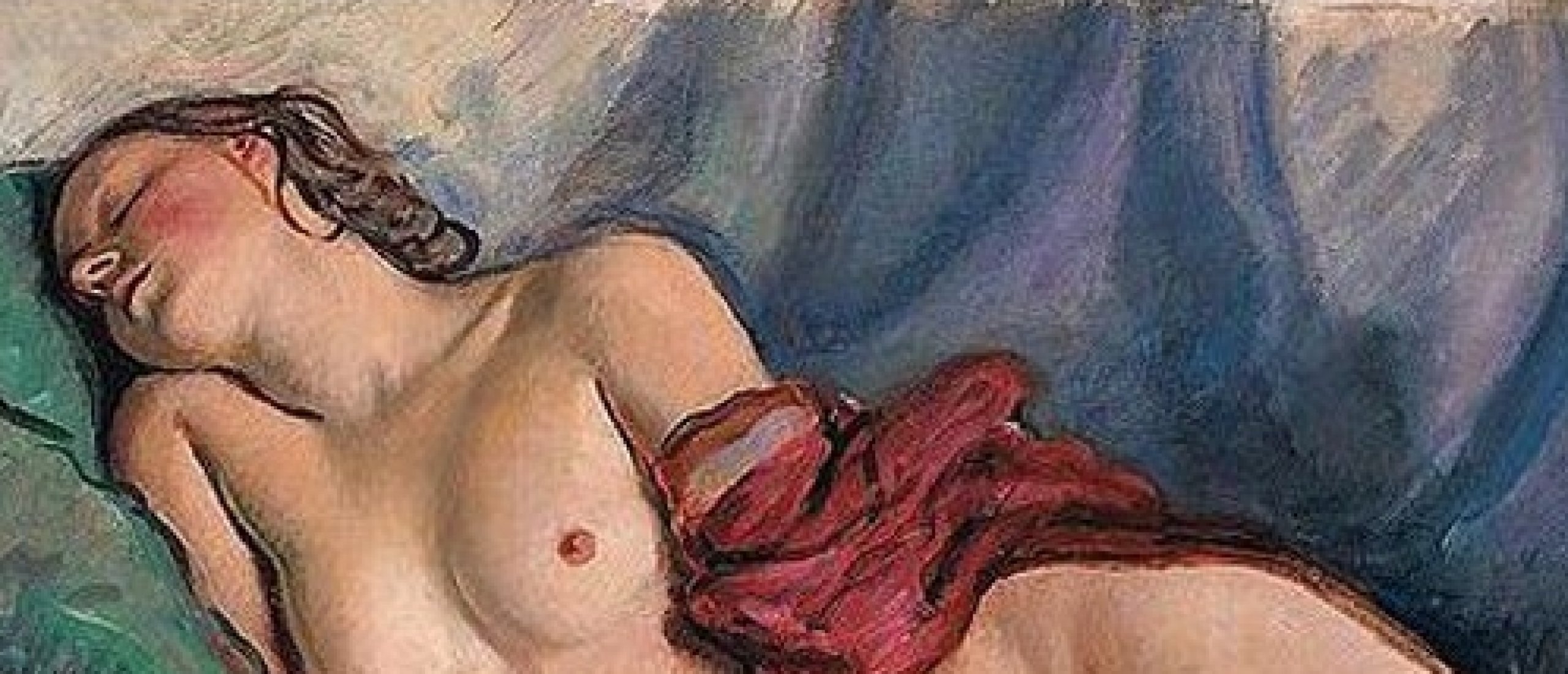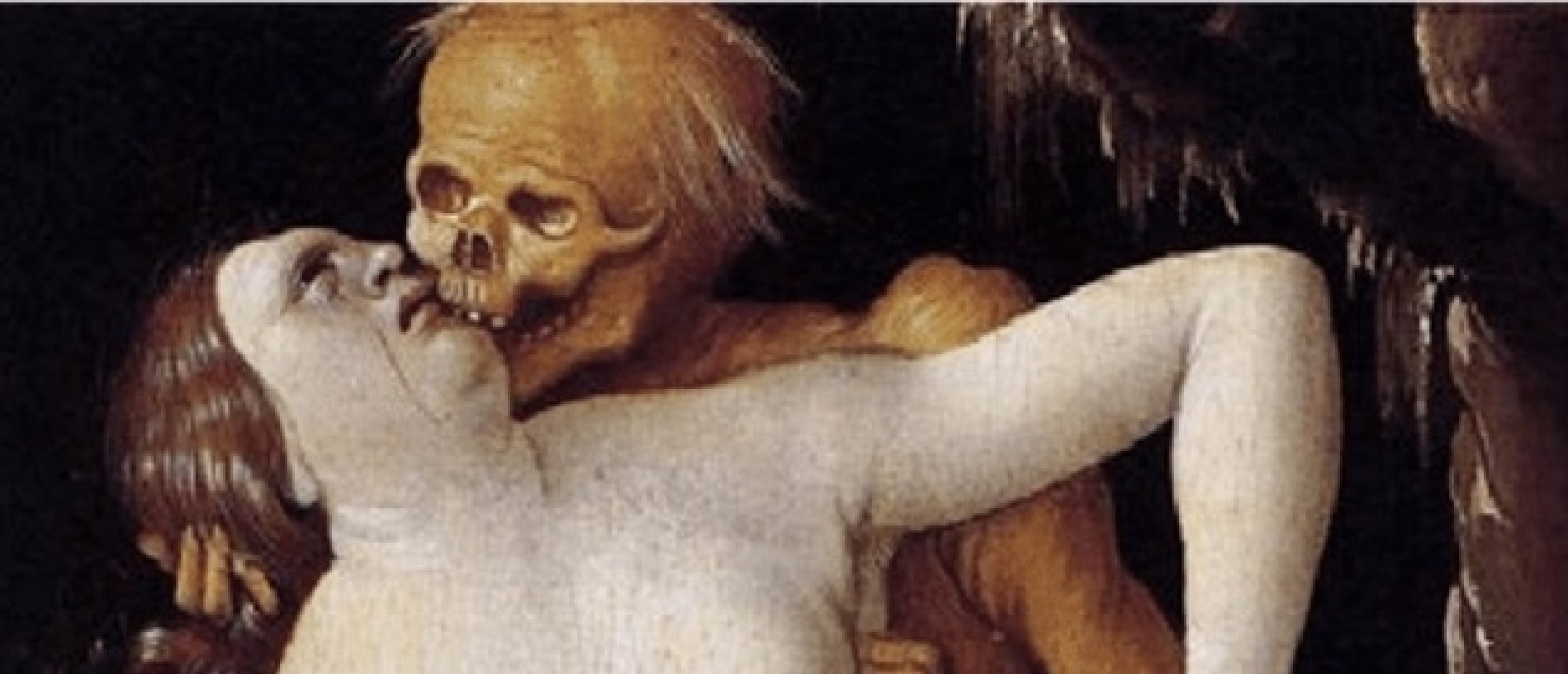
blasphemy needs both an artist and an accuser Art that Offends, S. Brent Plate
A pompously solemn atmosphere envelops the faithful gathered in the temple. The scent of incense mingles with the damp chill of ancient stone walls and whispered prayer, spoken like a mantra. Above the altar - toward which the worshippers cast their hesitant, shame-filled glances - hangs an enormous cross. Nailed to it, a figure with alabaster skin streaked with crimson rivulets of blood lifts its eyes heavenward in silent pleading. Above its head, the artist has fixed a small card, delicately inscribed with the word I thirst.
The sanctity of collective, God-fearing prayer is disrupted by a single, tiny black drop in the basin of holy water. A thought - like a rat - crawls into the solemn assembly, creeping into the minds of all present. Unwanted, terrifying, and laced with self-disgust, it returns compulsively, finding fertile ground not only in the minds, but in disobedient hands, growing penises and pulsating vaginas as well. A thought so frightening that to accept it as one’s own seemed unthinkable - its origin sought instead in something demonic.
Yes, this is about blasphemy. Sacrilege. Profanation. A being that can exist fully only in a world soaked in religiosity - one that clamps an iron muzzle on the mouths of wretched sinners, fetishizing celebration and sacraments, which carry a strongly physical charge on the immaterial wings of their spirituality.
The restriction of sexuality imposed on preachers through celibacy, as well as the politics of premarital chastity and the sin of adultery, fed the imagination of Catholics, urging them to reach for the forbidden fruit. Clergy often disassociated themselves from what was born in their minds, outsourcing blasphemous subcontracting to the devil or - for added profit - to women, attributing to them impurity and the practice of black magic.
The Malleus Maleficarum, the famous fifteenth-century treatise on witchcraft and handbook for witch hunters, devotes a significant portion to the lustful practices supposedly endured by “weak” women during their sabbaths - focusing primarily on the devil’s seed, which the desirous witches were said to await, enticed by pleasure.
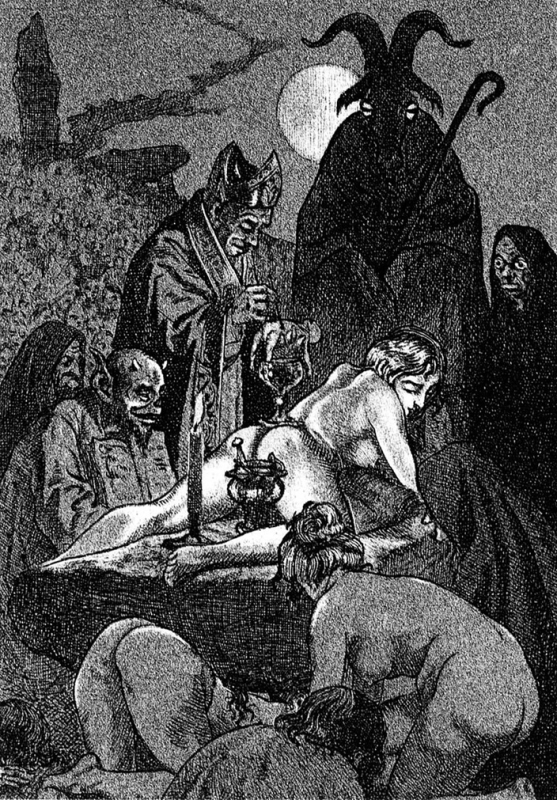
Fig. 1 Martin van Maele - La Sorcière
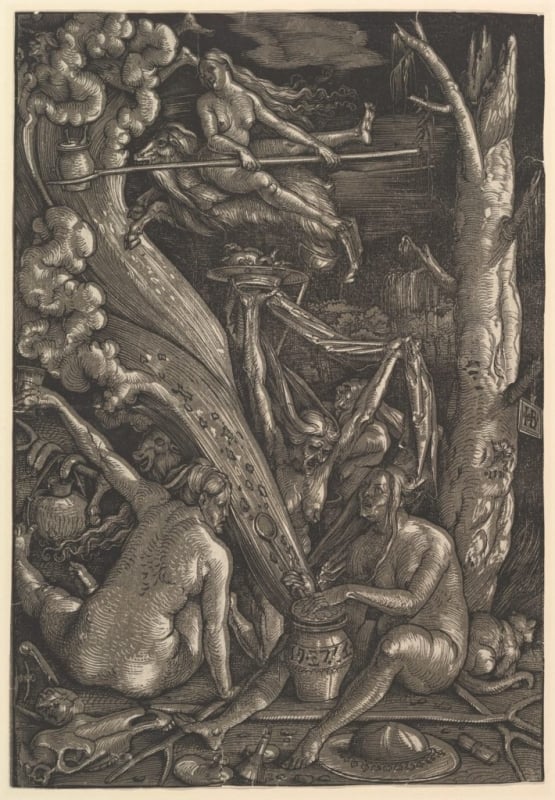
Fig. 2 Hans Baldung - Witches Sabbath
Possessed by Satan
The inquisitors did not limit themselves to merely imagining lascivious scenes that the licentious women possessed by Satan were subjected to. Many torture devices from that period based their cruel mechanics on the abuse of the genitals - pears of anguish, which, like a hellish gynecological speculum, teared the vagina or anus of the victim apart from the inside. The Judas cradle, a metal or wooden pyramid on which the condemned was dropped, repeatedly ripped open the rectum and testicles in men, and the vagina in women. An experienced executioner masterfully kept the suspect on the verge of consciousness.
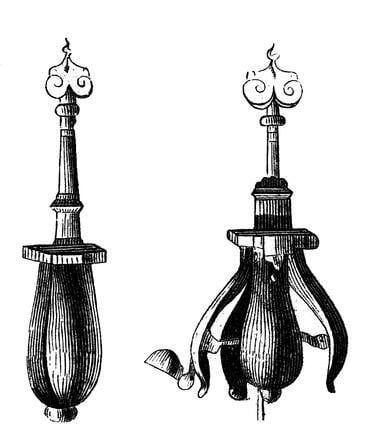
Fig. 3 Pear of anguish
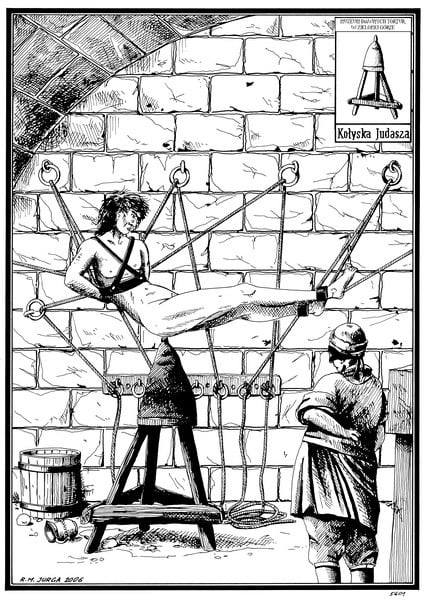
Fig. 4 The Judas Cradle
Cruel Torture
Moving on to specific examples: the baroque painter Johannes Torrentius (Johannes Symonsz. van der Beeck) was subjected to cruel torture. Accused of blasphemy, lustfulness, and membership in the Rosicrucian sect, he reportedly remained silent while the executioner tried to force information from him.
Literature describes his paintings as licentious genre scenes that, unfortunately, have not survived to the present day - they were burned during the artist’s trials. Thus, we can only speculate about the form of blasphemy that Torrentius stroked with his brush.
One of the few clues in uncovering the essence of this mysterious, imagination-tingling tragedy is a caricature (or perhaps a copy - it is hard to say) of one of the Dutch painter’s works; Torrentius died as a result of torture in the mid-17th century.
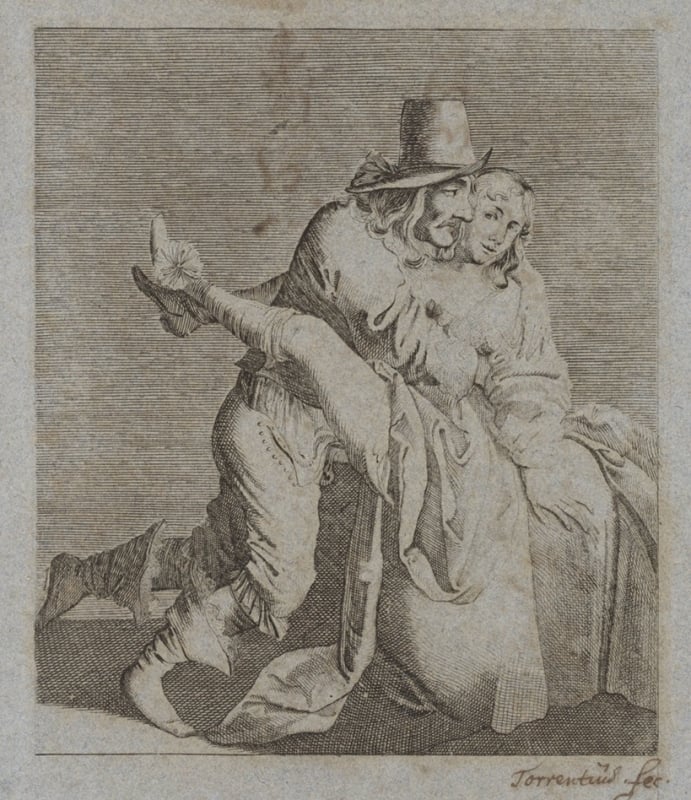
Fig. 5 A plate signed Torrentius Fec; today attributed to Pieter Quast
Marquis de Sade
Talking about blasphemy, sacrilege, and general depravity would be sheer empty rhetoric without mentioning the epoch-making exploits of the infamous Marquis de Sade, a master of his craft. The colorful life of this cruel libertine took on the musty scent of French dungeons when, just a few months after marrying Renée-Pélagie - supposedly a dull, devout woman by nature - he committed adultery by hiring a certain prostitute and forcing her to blaspheme against Jesus and the Virgin Mary.
When she refused, de Sade proceeded to masturbate using a chalice and crucifix.
Particularly noteworthy in the context of blasphemy, in my opinion, are two novels by the Marquis: Justine, or The Misfortunes of Virtue and Juliette, or Vice Amply Rewarded. These volumes, published in multiple parts and, in some editions, richly illustrated, chronicle the lives of two sisters. At the start of the story, Justine is twelve years old - a child of unwavering virtue and deep moral fiber. Yet her steadfast backbone brings her great suffering: seeking refuge in a convent, she becomes a slave to the monks; throughout her fate, she is repeatedly abducted, tortured, raped and humiliated.

Fig. 6 A printing from Justine, or The Misfortunes of Virtue, depicting an orgy with a monk
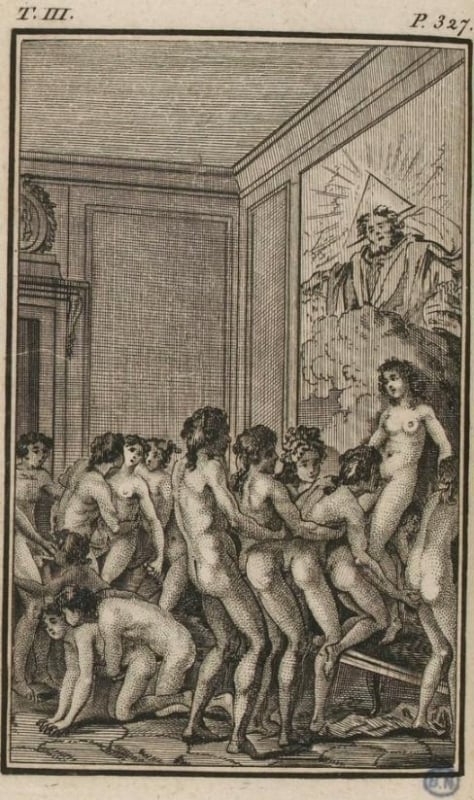
Fig. 7 Blasphemous printing from Justine, or The Misfortunes of Virtue
Napoleon
Juliette, on the other hand, crafted more as a reflection than a mere opposite of her author - knows from the outset that the only path to power, status, and prosperity lies through cruelty and licentiousness. The hedonistic and blatantly blasphemous tone of both sisters’ tales echoed so loudly that it reached the ears of none other than Napoleon himself, who ordered the arrest of the scoundrel who breathed life into them with his pen.
Join Premium now and check out the extended version of the article including more on Marquis de Sade's subversive reasoning in Juliette, contemporary examples of blasphemy in art like Theo van Gogh's short film Submission, the painting God Giving Birth by Swedish artist Monica Sjöö, an extensive analysis of the Black Madonna iconography as displayed in the Chris Ofili’s 1996 painting Holy Virgin Mary, fetishisation of the crucifix and popularity of religious sex toys, and much more.
Click HERE for an interview with one of the finest blasphemous artists of the moment
Let us know your thoughts about this article in the comment box below....!!!


